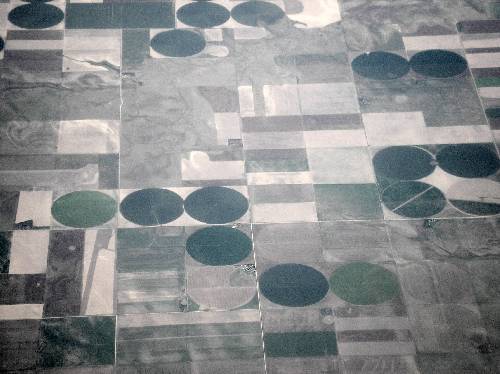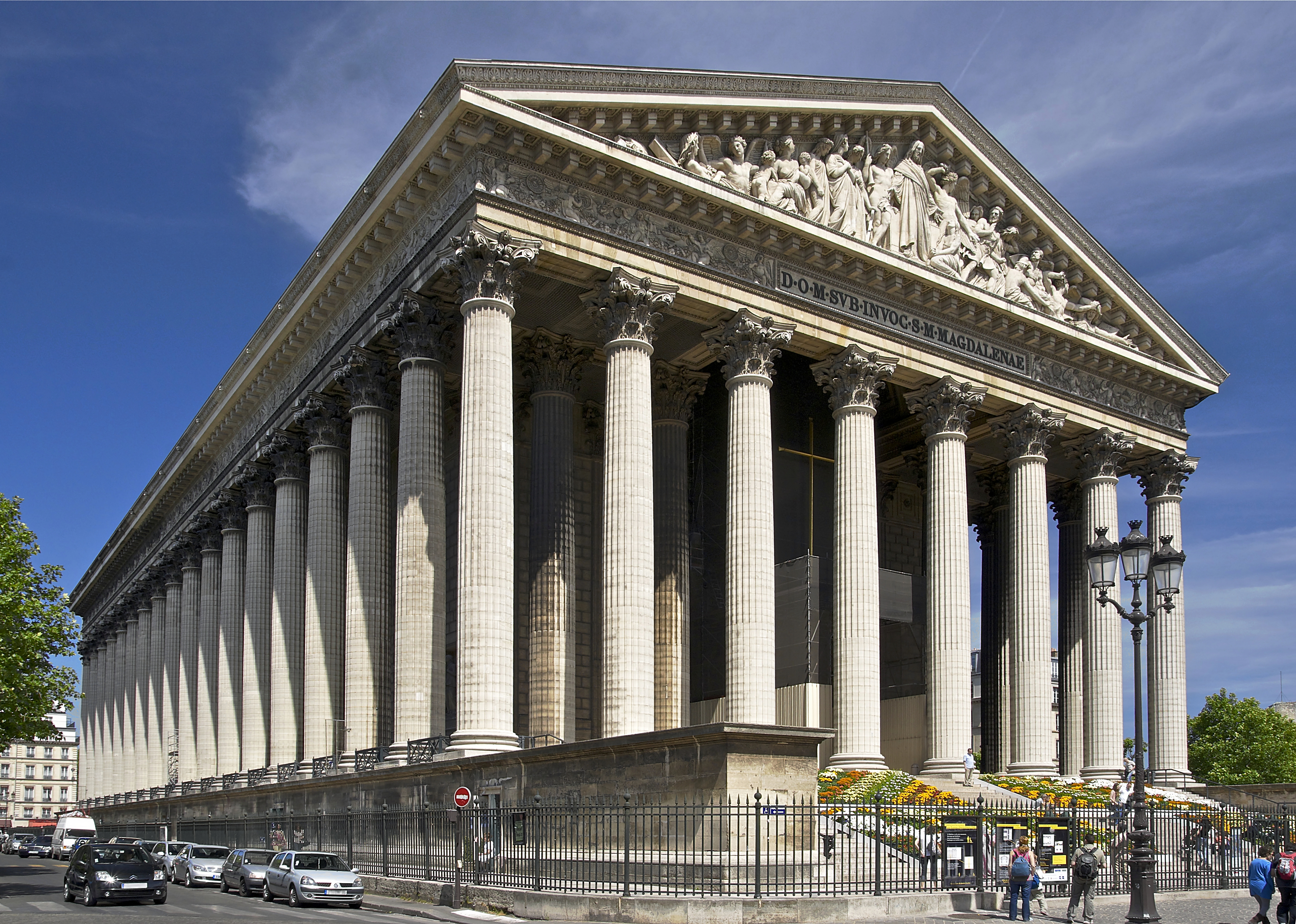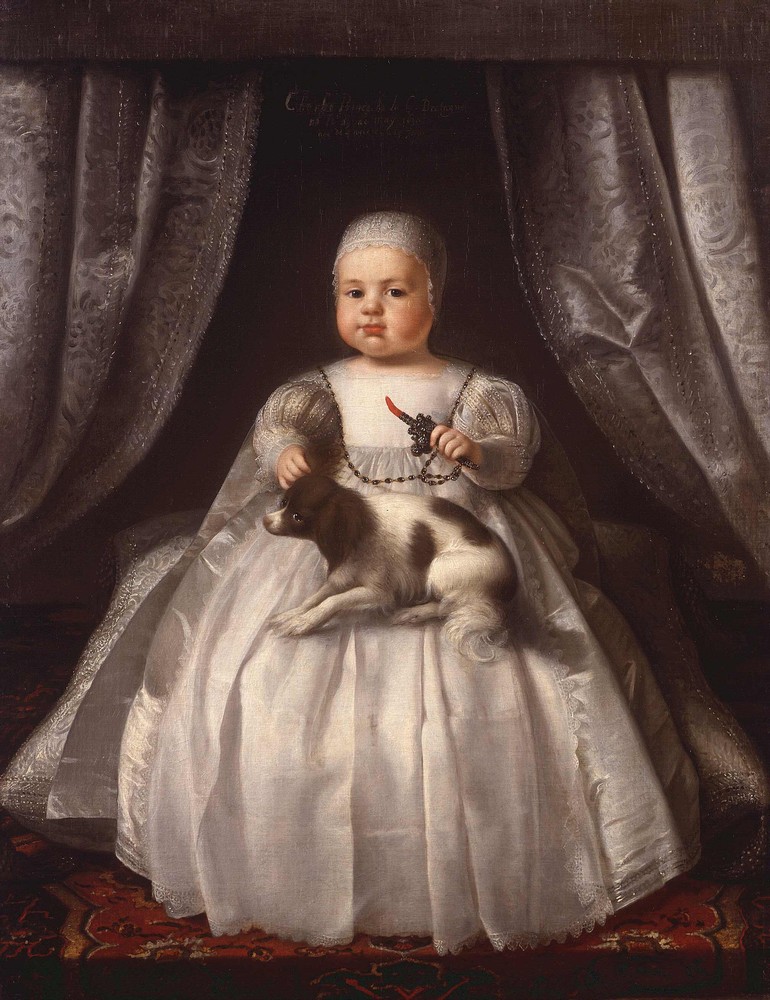|
Sunk Island
Sunk Island is a Crown Estate village and civil parish in the East Riding of Yorkshire, England. It lies south of Ottringham and to the north of the Humber Estuary. The Greenwich Meridian passes through the east of the parish. According to the 2011 UK census, Sunk Island parish had a population of 228, an increase on the 2001 UK census figure of 224. History Sunk Island originated as a sand bank in the Humber Estuary; at first it was open sea, then sand accumulated there until visible at low tides, then at all tides. Colonel Anthony Gilby made the outer banks, empoldering it and making it useful for pasturage, under lease/gift from the crown. By the reign of Charles I of England, it was said to form a island, from the mainland. From 1663, the land around it was gradually drained, and by the mid-18th century, the channel separating it from the shore had entirely silted up. It was parished in 1831. The island has an area of . There is an account of the island from 1 ... [...More Info...] [...Related Items...] OR: [Wikipedia] [Google] [Baidu] |
United Kingdom Census 2011
A Census in the United Kingdom, census of the population of the United Kingdom is taken every ten years. The 2011 census was held in all countries of the UK on 27 March 2011. It was the first UK census which could be completed online via the Internet. The Office for National Statistics (ONS) is responsible for the census in England and Wales, the General Register Office for Scotland (GROS) is responsible for the census in Scotland, and the Northern Ireland Statistics and Research Agency (NISRA) is responsible for the census in Northern Ireland. The Office for National Statistics is the executive office of the UK Statistics Authority, a non-ministerial department formed in 2008 and which reports directly to Parliament. ONS is the UK Government's single largest statistical producer of independent statistics on the UK's economy and society, used to assist the planning and allocation of resources, policy-making and decision-making. ONS designs, manages and runs the census in England an ... [...More Info...] [...Related Items...] OR: [Wikipedia] [Google] [Baidu] |
Shottesbrooke
Shottesbrooke is a hamlet and civil parish administered by the unitary authority of the Royal Borough of Windsor and Maidenhead in the English county of Berkshire. The hamlet is mostly rural: 88% covered by agriculture or woodland and had a population of 141 at the 2011 census. Demography and land use The parish saw an 8% decrease in population between 2001 and 2011 according to the UK census, from 154 in 2001 to 141 in 2011. This contrasts to an increase in the borough as a whole. The parish had 61 dwellings (i.e. homes) in 2011. The majority () of land is defined as agricultural or other greenspace, in the land use statistics of January 2005 and fell within either road or rail use. Gardens accounted for and water all of which was in tributaries or ponds rather than lakes or rivers. The remaining three categories were in decreasing overall size: other land use, non-domestic buildings and domestic buildings. Geography Shottesbrooke is a parish between Waltham St Lawr ... [...More Info...] [...Related Items...] OR: [Wikipedia] [Google] [Baidu] |
Grade II Listed Building
In the United Kingdom, a listed building or listed structure is one that has been placed on one of the four statutory lists maintained by Historic England in England, Historic Environment Scotland in Scotland, in Wales, and the Northern Ireland Environment Agency in Northern Ireland. The term has also been used in the Republic of Ireland, where buildings are protected under the Planning and Development Act 2000. The statutory term in Ireland is "protected structure". A listed building may not be demolished, extended, or altered without special permission from the local planning authority, which typically consults the relevant central government agency, particularly for significant alterations to the more notable listed buildings. In England and Wales, a national amenity society must be notified of any work to a listed building which involves any element of demolition. Exemption from secular listed building control is provided for some buildings in current use for wors ... [...More Info...] [...Related Items...] OR: [Wikipedia] [Google] [Baidu] |
Ewan Christian
Ewan Christian (1814–1895) was a British architect. He is most frequently noted for the restorations of Southwell Minster and Carlisle Cathedral, and the design of the National Portrait Gallery. He was Architect to the Ecclesiastical Commissioners from 1851 to 1895. Christian was elected A RIBA in 1840, FRIBA in 1850, RIBA President 1884–1886 and was awarded the Royal Gold Medal in 1887. Life National Portrait Gallery Ewan Christian is well-known for designing the National Portrait Gallery (1890–1895) in St Martin's Place, London, just north of Trafalgar Square. The building, faced in Portland stone, is not typical of his work and was built towards the end of his life, being completed shortly after his death. Christian was an unexpected and controversial choice for such a commission and was appointed by the donor for the new building, W. H. Alexander (1832–1905). In the autumn of 1889 the architect embarked on a study tour of continental museums and art galleries to ... [...More Info...] [...Related Items...] OR: [Wikipedia] [Google] [Baidu] |
Samuel Sanders Teulon
Samuel Sanders Teulon (2 March 1812 – 2 May 1873) was an English Gothic Revival architect, noted for his use of polychrome brickwork and the complex planning of his buildings. Family Teulon was born in 1812 in Greenwich, Kent, the son of a cabinet-maker from a French Huguenot family. His younger brother William Milford Teulon (1823–1900) also became an architect. Career He was articled to George Legg, and later worked as an assistant to the Bermondsey-based architect George Porter. He also studied in the drawing schools of the Royal Academy. He set up his own independent practice in 1838, and in 1840 won the competition to design some almshouses for the Dyers' Company at Ball's Pond, Islington. After this his practice expanded rapidly. During the next few years his works mainly consisted of parish schools, parsonages and similar buildings, mostly in the Home Counties. He was a friend of George Gilbert Scott and became a member of the Council of the Royal Institute of Br ... [...More Info...] [...Related Items...] OR: [Wikipedia] [Google] [Baidu] |
Farm
A farm (also called an agricultural holding) is an area of land that is devoted primarily to agricultural processes with the primary objective of producing food and other crops; it is the basic facility in food production. The name is used for specialized units such as arable farms, vegetable farms, fruit farms, dairy, pig and poultry farms, and land used for the production of natural fiber, biofuel and other commodities. It includes ranches, feedlots, orchards, plantations and estates, smallholdings and hobby farms, and includes the farmhouse and agricultural buildings as well as the land. In modern times the term has been extended so as to include such industrial operations as wind farms and fish farms, both of which can operate on land or sea. There are about 570 million farms in the world, most of which are small and family-operated. Small farms with a land area of fewer than 2 hectares operate about 1% of the world's agricultural land, and family farms comprise ... [...More Info...] [...Related Items...] OR: [Wikipedia] [Google] [Baidu] |
Church (building)
A church, church building or church house is a building used for Christian worship services and other Christian religious activities. The earliest identified Christian church is a house church founded between 233 and 256. From the 11th through the 14th centuries, there was a wave of church construction in Western Europe. Sometimes, the word ''church'' is used by analogy for the buildings of other religions. ''Church'' is also used to describe the Christian religious community as a whole, or a body or an assembly of Christian believers around the world. In traditional Christian architecture, the plan view of a church often forms a Christian cross; the center aisle and seating representing the vertical beam with the bema and altar forming the horizontal. Towers or domes may inspire contemplation of the heavens. Modern churches have a variety of architectural styles and layouts. Some buildings designed for other purposes have been converted to churches, while many ori ... [...More Info...] [...Related Items...] OR: [Wikipedia] [Google] [Baidu] |
First World War
World War I (28 July 1914 11 November 1918), often abbreviated as WWI, was one of the deadliest global conflicts in history. Belligerents included much of Europe, the Russian Empire, the United States, and the Ottoman Empire, with fighting occurring throughout Europe, the Middle East, Africa, the Pacific, and parts of Asia. An estimated 9 million soldiers were killed in combat, plus another 23 million wounded, while 5 million civilians died as a result of military action, hunger, and disease. Millions more died in genocides within the Ottoman Empire and in the 1918 influenza pandemic, which was exacerbated by the movement of combatants during the war. Prior to 1914, the European great powers were divided between the Triple Entente (comprising France, Russia, and Britain) and the Triple Alliance (containing Germany, Austria-Hungary, and Italy). Tensions in the Balkans came to a head on 28 June 1914, following the assassination of Arch ... [...More Info...] [...Related Items...] OR: [Wikipedia] [Google] [Baidu] |
Fort
A fortification is a military construction or building designed for the defense of territories in warfare, and is also used to establish rule in a region during peacetime. The term is derived from Latin ''fortis'' ("strong") and ''facere'' ("to make"). From very early history to modern times, defensive walls have often been necessary for cities to survive in an ever-changing world of invasion and conquest. Some settlements in the Indus Valley civilization were the first small cities to be fortified. In ancient Greece, large stone walls had been built in Mycenaean Greece, such as the ancient site of Mycenae (famous for the huge stone blocks of its ' cyclopean' walls). A Greek '' phrourion'' was a fortified collection of buildings used as a military garrison, and is the equivalent of the Roman castellum or English fortress. These constructions mainly served the purpose of a watch tower, to guard certain roads, passes, and borders. Though smaller than a real fortress, the ... [...More Info...] [...Related Items...] OR: [Wikipedia] [Google] [Baidu] |
Isatis Tinctoria
''Isatis tinctoria'', also called woad (), dyer's woad, or glastum, is a flowering plant in the family Brassicaceae (the mustard family) with a documented history of use as a blue dye and medicinal plant. Its genus name, Isatis, derives from the ancient Greek word for the plant, ἰσάτις. It is occasionally known as Asp of Jerusalem. Woad is also the name of a blue dye produced from the leaves of the plant. Woad is native to the steppe and desert zones of the Caucasus, Central Asia to Eastern Siberia and Western Asia but is now also found in South-Eastern and Central Europe and western North America. Since ancient times, woad was an important source of blue dye and was cultivated throughout Europe, especially in Western and Southern Europe. In medieval times, there were important woad-growing regions in England, Germany and France. Towns such as Toulouse became prosperous from the woad trade. Woad was eventually replaced by the more colourfast '' Indigofera tinctoria'' ... [...More Info...] [...Related Items...] OR: [Wikipedia] [Google] [Baidu] |
Holderness
Holderness is an area of the East Riding of Yorkshire, on the north-east coast of England. An area of rich agricultural land, Holderness was marshland until it was drained in the Middle Ages. Topographically, Holderness has more in common with the Netherlands than with other parts of Yorkshire. To the north and west are the Yorkshire Wolds. Holderness generally refers to the area between the River Hull and the North Sea. The Prime Meridian passes through Holderness just to the east of Patrington and through Tunstall to the north. From 1974 to 1996 Holderness lay within the Borough of Holderness in Humberside. It gave its name to a wapentake until the 19th century, when its functions were replaced by other local government bodies, particularly after the 1888 Local Government Act. The city of Kingston upon Hull lies in the south-west corner of Holderness and Bridlington borders the north-east but both are usually considered separately. The main towns include Withernsea, H ... [...More Info...] [...Related Items...] OR: [Wikipedia] [Google] [Baidu] |
Charles II Of England
Charles II (29 May 1630 – 6 February 1685) was King of Scotland from 1649 until 1651, and King of England, Scotland and Ireland from the 1660 Restoration of the monarchy until his death in 1685. Charles II was the eldest surviving child of Charles I of England, Scotland and Ireland and Henrietta Maria of France. After Charles I's execution at Whitehall on 30 January 1649, at the climax of the English Civil War, the Parliament of Scotland proclaimed Charles II king on 5 February 1649. But England entered the period known as the English Interregnum or the English Commonwealth, and the country was a de facto republic led by Oliver Cromwell. Cromwell defeated Charles II at the Battle of Worcester on 3 September 1651, and Charles fled to mainland Europe. Cromwell became virtual dictator of England, Scotland and Ireland. Charles spent the next nine years in exile in France, the Dutch Republic and the Spanish Netherlands. The political crisis that followed Cromwell's deat ... [...More Info...] [...Related Items...] OR: [Wikipedia] [Google] [Baidu] |





_sl5.jpg)

